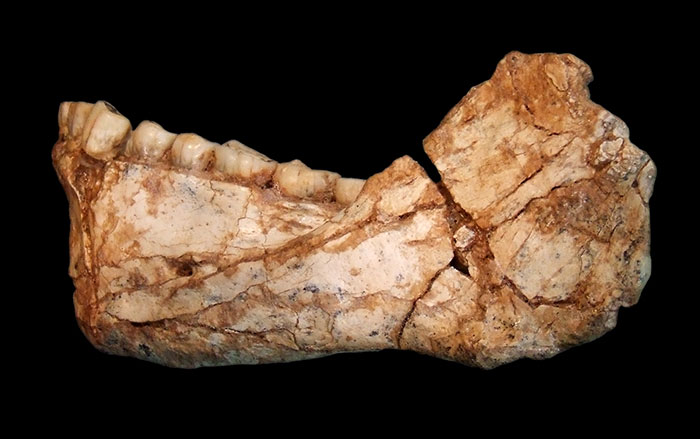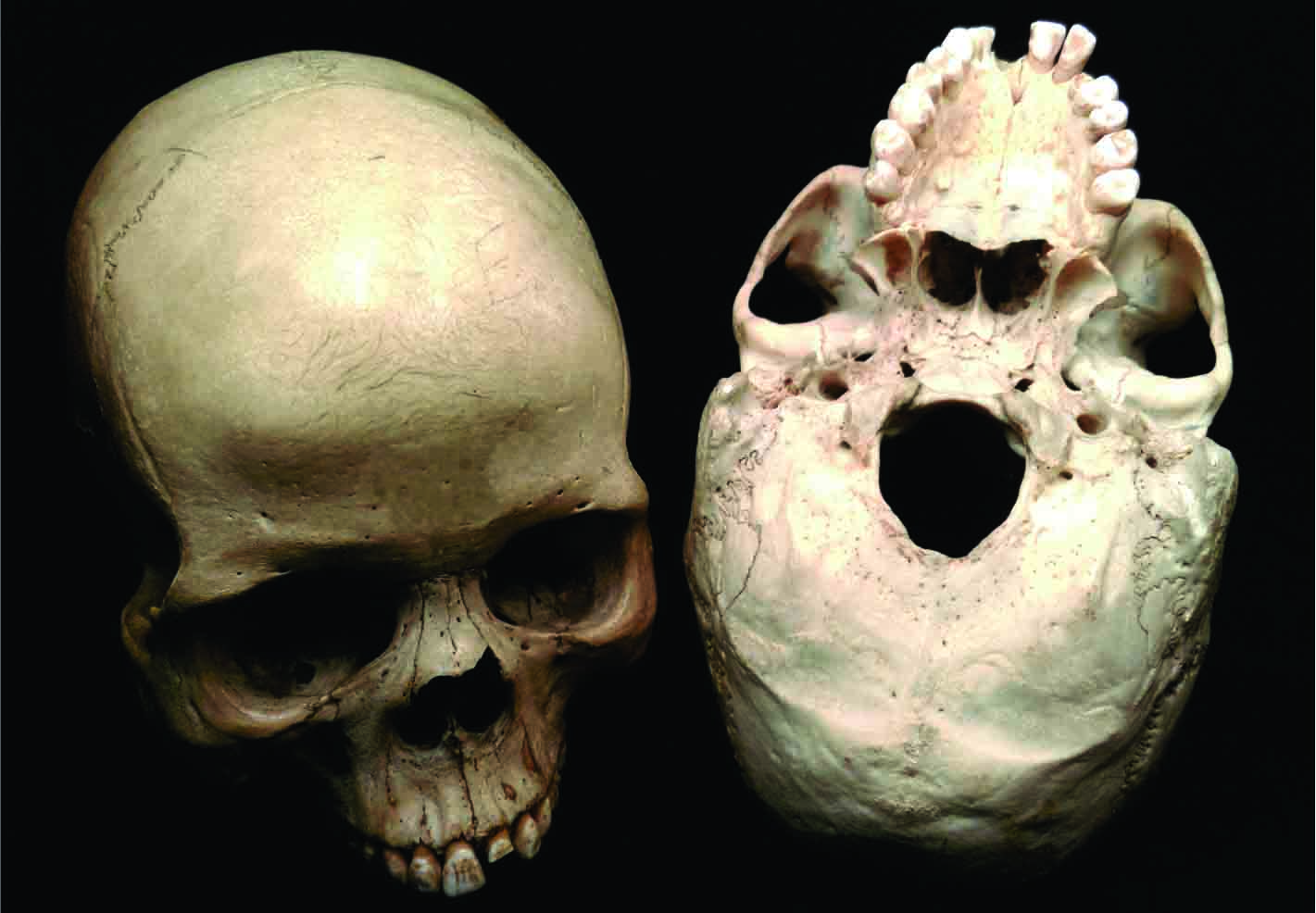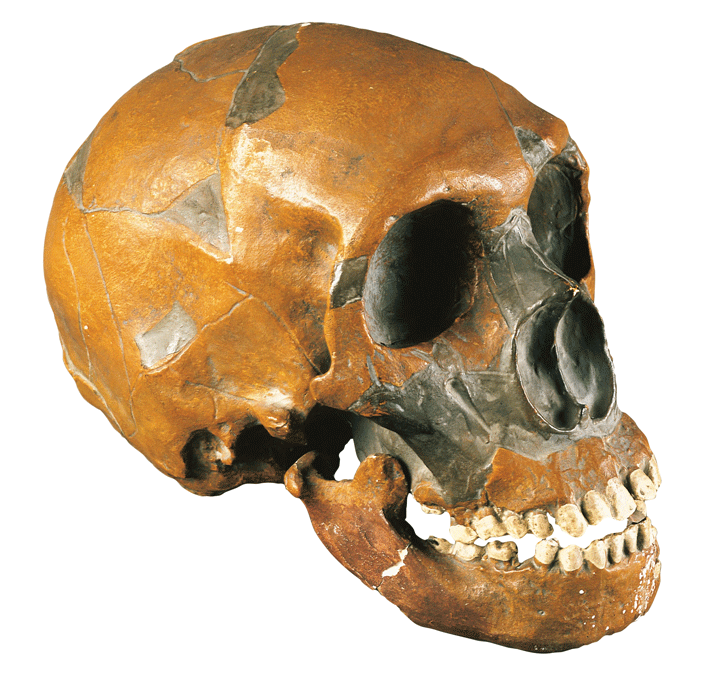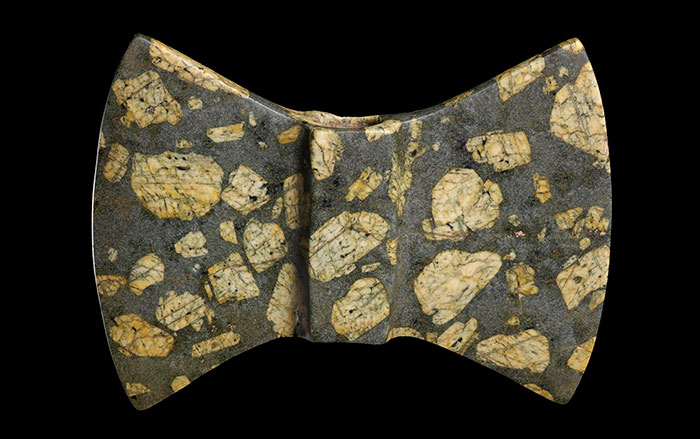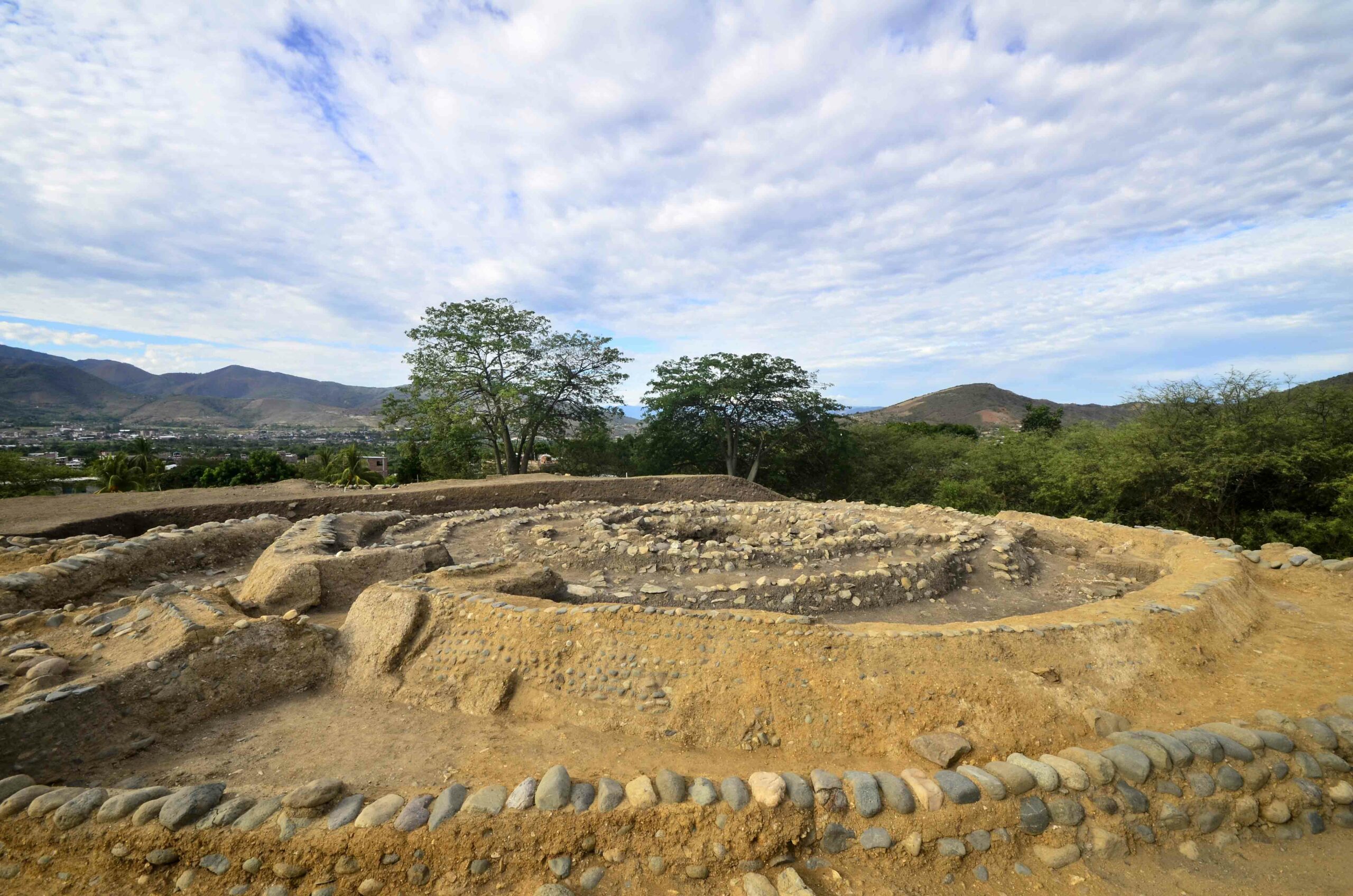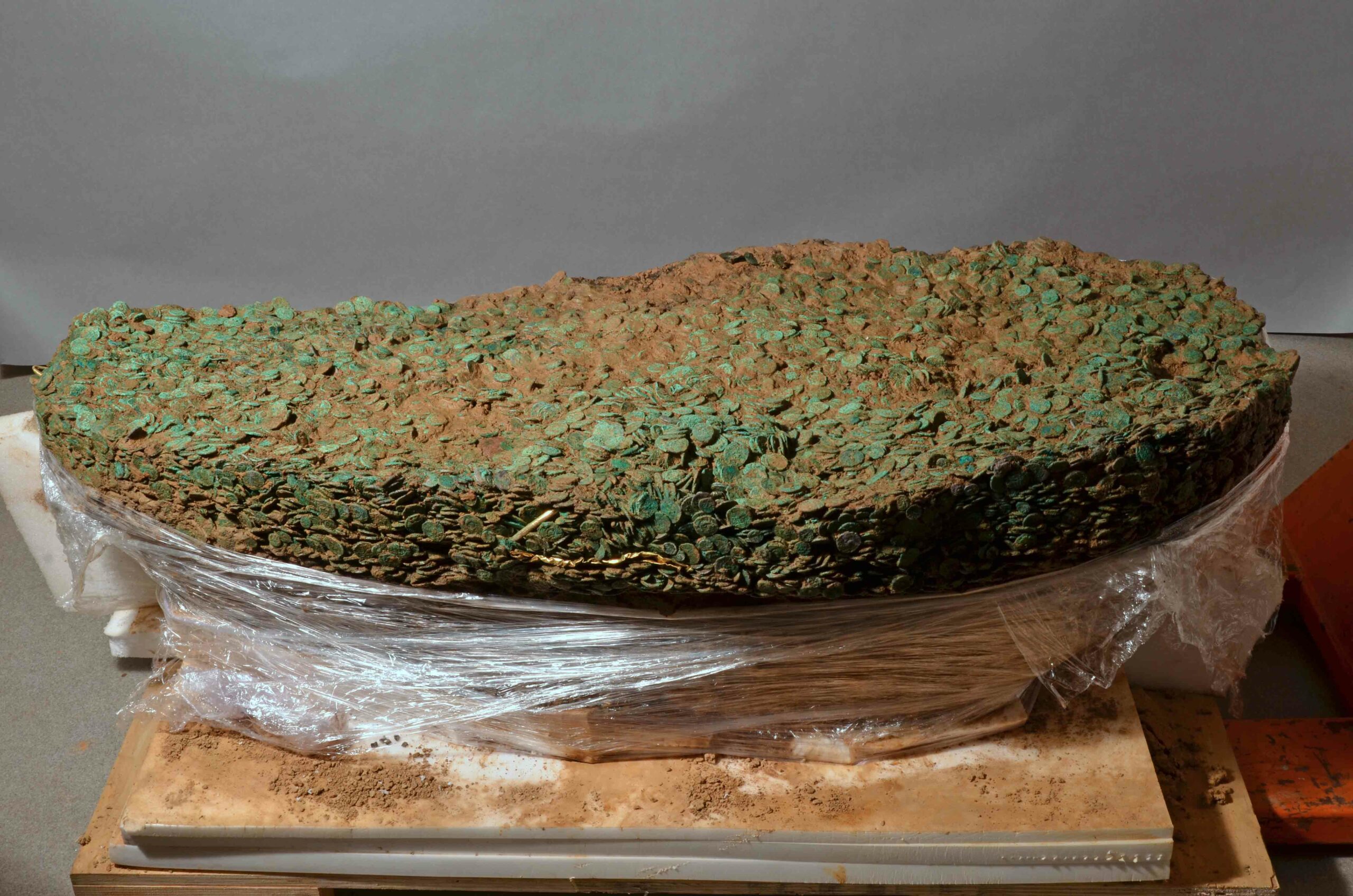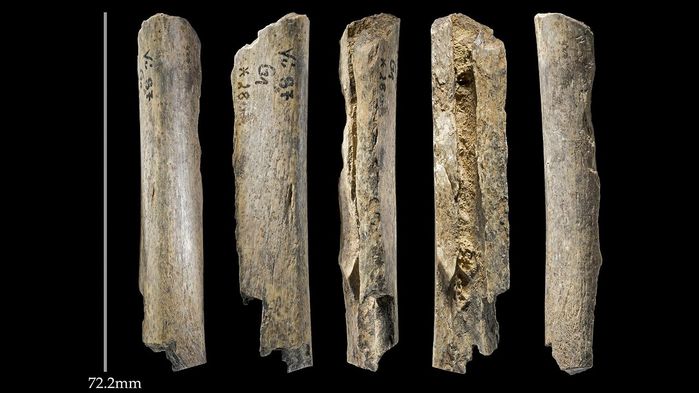
OXFORD, ENGLAND—Archaeologists Thibaut Devièse and Thomas Higham of the University of Oxford obtained new radiocarbon dates for Neanderthal bone fragments unearthed in Croatia’s Vindija Cave, according to a report in Science Magazine, by isolating and testing the amino acid hydroxyproline. Previous carbon dating of the Neanderthal remains in the late 1990s relied upon bone collagen, a gelatinous substance which can be contaminated by sediments. These earlier tests indicated the bones were between 29,000 and 34,000 years old, and suggest late-surviving Neanderthals shared the site with modern humans, whose remains and tools are also found in the cave. But the new dates indicate that Neanderthals used the cave some 40,000 years ago, or 8,000 years before modern humans lived in the region. “With this dating work, we are continuing our work to understand where and for how long the two species coexisted,” Devièse said. For more, go to “A Traditional Neanderthal Home.”


